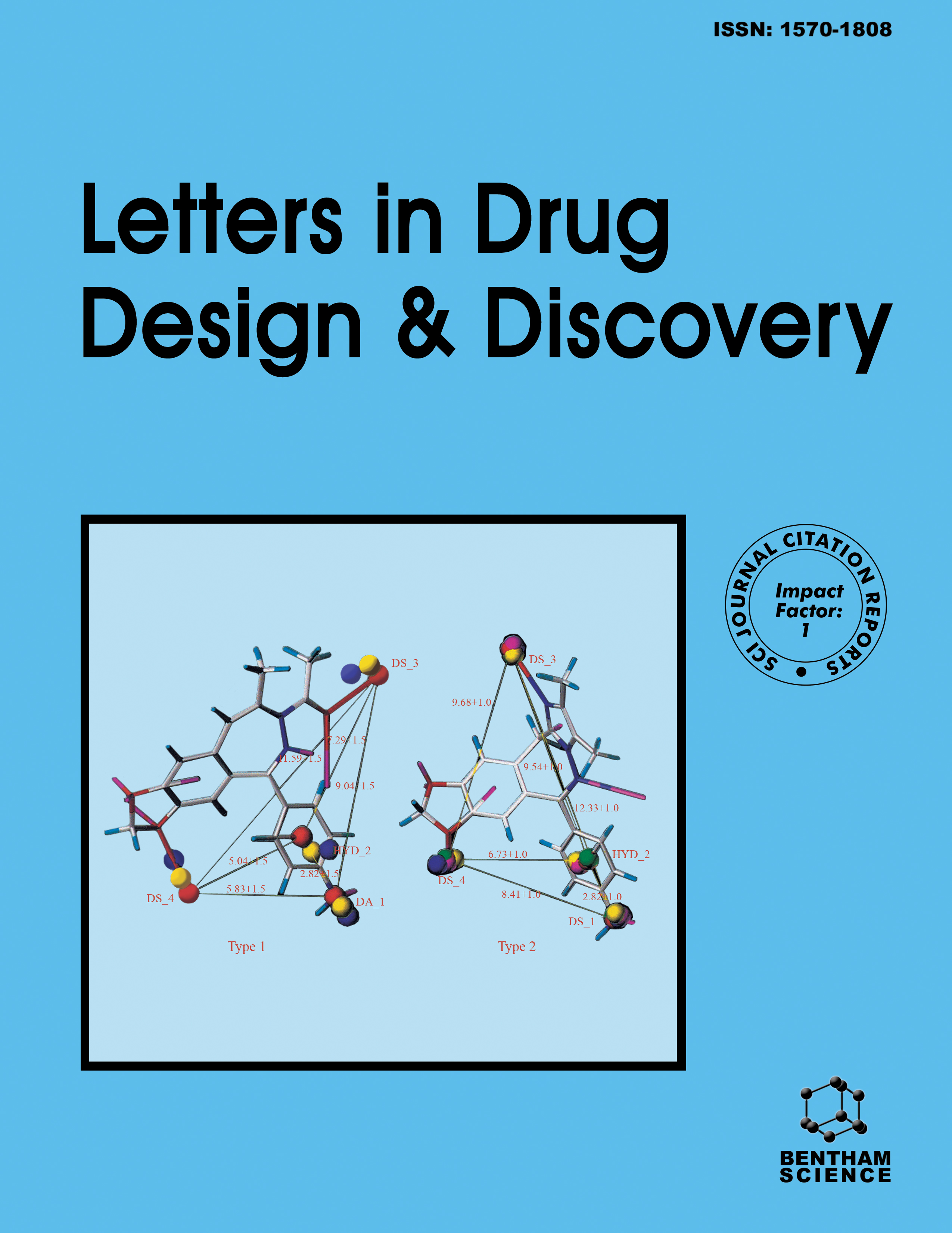
Full text loading...
We use cookies to track usage and preferences.I Understand
Epidermal growth factor tyrosine kinase receptor (EGFR) is expressed in a variety of tumors and has become a new target for anti-cancer drugs. In recent years, small molecule inhibitors targeting EGFR have been reported extensively.
To investigate the quantitative structure-activity relationship (QSAR) of a set of EGFR inhibitors and design several new EGFR inhibitors with better efficiency and selectivity.
The structure–activity relationship of 119 pyrimidine EGFR inhibitors were studied based on comparative field analysis (CoMFA) and comparative molecular similarity indices analysis (CoMISA).
In this study, performance models with high prediction ability were constructed (CoMFA model: q2= 0.574, r2= 0.970, SEE= 0.163, F= 407.252; CoMSIA model: q2= 0.575, r2= 0.968, SEE= 0.171, F= 286.102), according to which 9 new EGFR inhibitors were designed. MD simulation (100 ns) on the docked complex of compound N7 (the most active compound) shows that the small molecule bindswith the protein stably.
The newly designed compound N7 was considered to be a promising EGFR inhibitor with better activity than the best active compound 80, according to the results of molecular docking, molecular dynamics, and ADMET prediction. These results will provide valuable guidance for the design of novel EGFR inhibitors.

Article metrics loading...

Full text loading...
References


Data & Media loading...
Supplements

